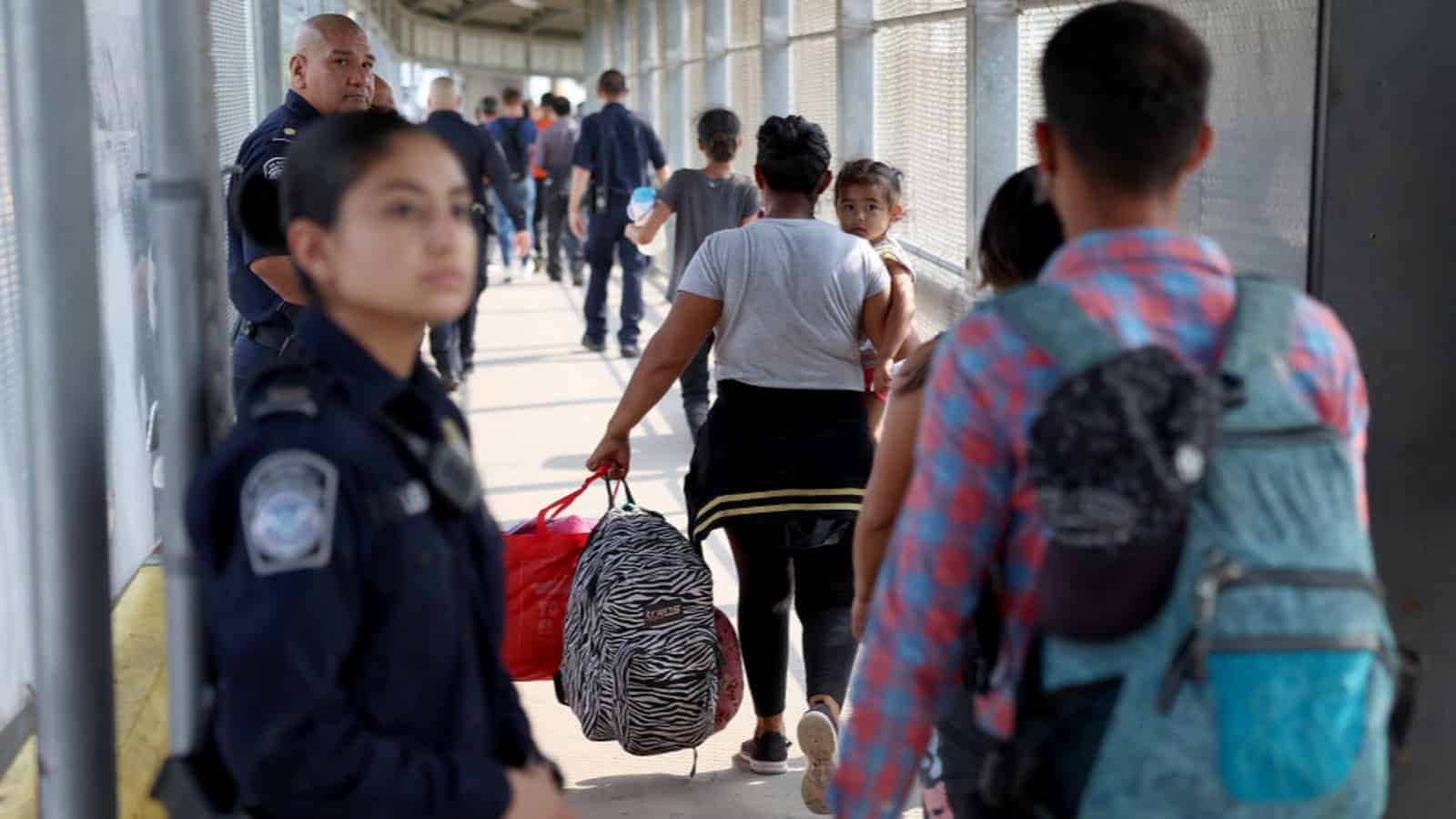What’s Going on with Title 42?

Title 42 has been a fixture in the news in recent days—but what is it and what does its recent end mean? We break it all down here.
What’s going on? Title 42, which went into effect March 2020, was a COVID-19-era policy that allowed the U.S. to expel migrants for health reasons. Under it, more than 2.6 million people were sent back to their home countries, according to The Washington Post (subscription).
- Now that Title 42 has concluded, authorities are only permitted to expel individuals using Title 8, pre-pandemic immigration rules, The New York Times (subscription)
What should we expect? Though an expected weekend “surge” in border crossings did not materialize—in fact, there was a 50% drop in the three days ending Monday, according to the Associated Press—“the number of crossings is still exorbitantly high, with U.S. Customs and Border Protection stopping more than 10,000 immigrants per day this week, the highest levels ever,” the Washington Examiner reports.
- And southern border communities remain on “high alert” for a potential near-term spike in migrant crossings, according to CNN.
How is the administration addressing the change? The Department of Homeland Security—which has issued a proposed rule on asylum—put out a six-pillar plan to address an influx of migrants at the southern border. The measures aim to:
- Increase resources, personnel, transportation and medical support and facilities;
- Bolster CBP processing efficiency;
- Move quickly to mitigate potential overcrowding of CBP stations and alleviate the burden on the surrounding border communities;
- Administer consequences for unlawful entry, including removal, detention and prosecution;
- Boost the capacity of nongovernmental organizations to take in migrants following processing by CBP, during the wait for results of their immigration removal proceedings;
- Target and disrupt the criminal organizations and smugglers that profit off vulnerable migrants and seek to move illegal drugs into the U.S.; and
- Collaborate with international and federal authorities to deter undocumented migration.
What’s Congress doing? The House passed a border package, the Secure the Border Act of 2023, the day Title 42 expired.
- The House measure—which the White House has said it would veto—“would mandate that Customs and Border Protection hire enough Border Patrol agents to maintain a staff of 22,000 and develop a plan to upgrade existing technology to make sure agents are well-equipped. It also would require the homeland security secretary to resume construction of the border wall,” according to NBC News.
- The Senate has two proposals to secure the border. One, by Sens. Thom Tillis (R-NC) and Kyrsten Sinema (I-AZ), would give the U.S. temporary authority to expel for two years migrants who try to enter illegally or without proper documents. The other, the Securing Our Border Act from Sen. Tim Scott (R-SC) and others, would fund “nonintrusive border inspections” and border-wall construction, as well as retention bonuses for CBP agents, and would end the current “catch and release” policy.
What’s the NAM doing? The NAM continues to advocate immigration reform through “A Way Forward,” its immediately implementable policy blueprint for legislators, meetings with key congressional leaders, member-story and news coverage (see here, here and here for a few examples), the Competing to Win Tour and more.
